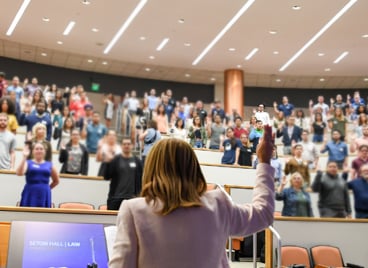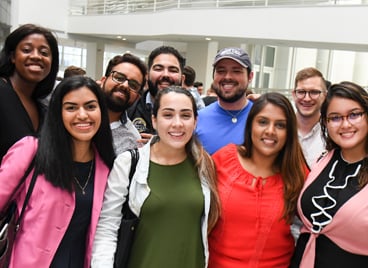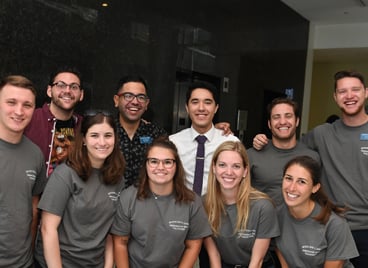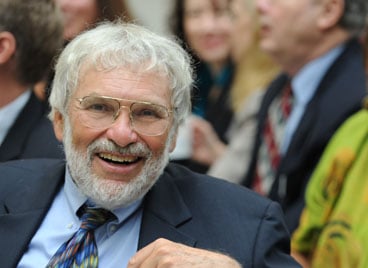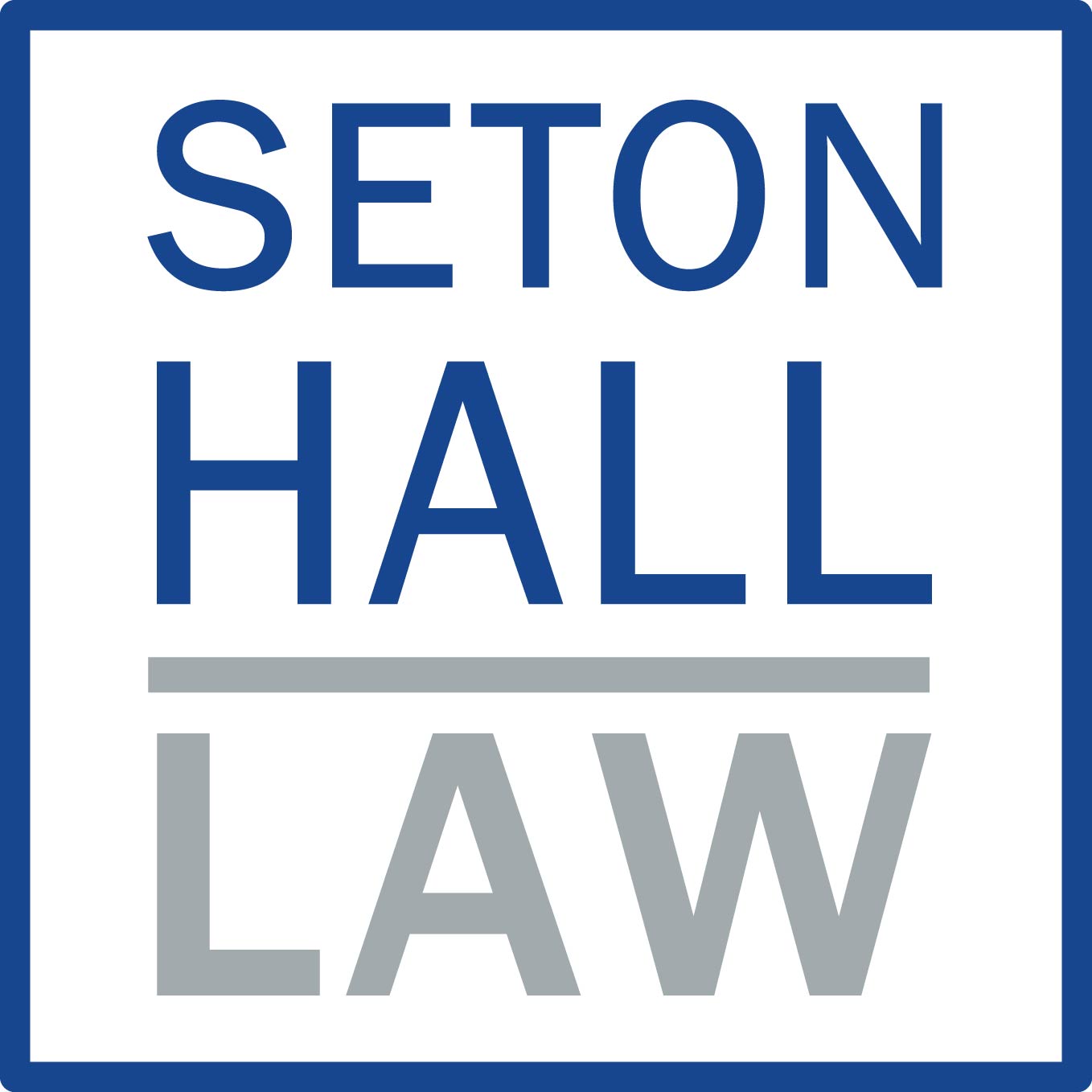
The Law School is delighted that Professor Doron Dorfman is joining its ranks this summer. While Professor Dorfman is known as an expert in Health and Disability Law, he is an innovative scholar whose research defies simple categorization.
Generally speaking, Professor Dorfman’s work frequently confronts issues of stigma and suspicion of abuse of government benefits or privileges. He is practiced at identifying triggers of bias and prejudice, especially when it comes to perceptions of people with disabilities. But this broad-brush categorization does little to highlight the impressive range of subjects that he has studied: assistance animals; judges with visual impairments; preventive medicine; mask exemptions; medicinal prevention of HIV infection; and social architecture, to name but a few.
It also fails to reveal the extraordinary array of methods that Professor Dorfman uses to tackle these subjects. His work utilizes behavioral experimentation, qualitative case studies, philosophical and historical analysis, and, of course, legal reasoning. The breadth of his skill is no doubt a byproduct of his background; Professor Dorfman has well over a decade of legal study across two countries under his belt, culminating in a J.S.D. from Stanford Law School.
Despite being a relatively new professor, he has already published numerous works in some of the most prestigious journals in the legal and medical academies. In the coming year, his scholarship will appear in the Cornell Law Review, University of Pennsylvania Law Review, and the Boston College Law Review. He has also received the recognition of his peers. Professor Dorfman is the Chair-Elect of the Disability Law Section of the American Association of Law Schools, and he is the Organizer of the Disability Legal Studies collaborative research network for the Law & Society Association.
This brief description, however, just scratches the surface of Professor Dorfman. We thought it might be better to get to know him through his own words, and he kindly answered a few questions for us in an interview.
What motivates your work in Health-Care and Disability law?
I came to research health-care law through disability law, which is somewhat unusual (many scholars start with health and move to disability). I started working in disability law and disability studies nearly 15 years ago, and it just clicked for me while I was in law school. After meeting my mentor, Dr. Sagit Mor, who was conducting research in the area, I suddenly realized I had been addressing questions of inclusion, accommodations, and special education in various periods of my life, for example, while I was volunteering as an art instructor in the community center in the small town I am from in northern Israel and later as an art instructor in Jewish community centers in the United States. I worked with students with disabilities without even thinking about it very much at the time, and suddenly looking at dilemmas and the framework related to this population seemed natural. Because I see disability as a complex interaction between the environment and the impairment, I realized that ensuring adequate health care to everyone is critical to achieving disability justice. And that led me to be greatly interested in health insurance regulation and health-care finance.
Your research stands out for, among other reasons, the variety of methods that you employ. When you have a research question, what goes into your decision regarding methodological approach?
Different methodologies lend themselves to different research questions. For example, when I wrote my paper on the relationship between disability identity and the perceived fairness of the legal procedure for obtaining Social Security benefits, a question that relates to a psychological process, I used in-depth qualitative interviews. Those interviews helped me gain a glimpse into people’s perceptions of self and of “procedural justice” that are impossible to quantify using quantitative methods. However, when I want to expose some kind of bias or stereotypes, this might not surface when talking with people, so I use experiments and a statistical analysis of the results. For instance, when I wanted to examine which stereotypes lead to discrimination against the users of Pre-Exposure Prophylaxis (PrEP) in terms of their eligibility to donate blood, I designed an experiment that would help me expose exactly that. A great deal of my research actually uses both quantitative and qualitative methods in combination, what’s called a mixed-methods approach. In my series of papers on the moral panic in regard to disability fraud, for example, what I termed “Fear of the Disability Con,” I used both a statistical analysis of survey data and experiments (quantitative methods) along with qualitative interviews to highlight the lived experiences of people with disabilities who were suspected of committing fraud and faking their disabilities. I believe a mixed-methods approach substantially helps my studies paint a fuller picture of legal and social phenomena, and this is why I try to incorporate both of these approaches into my research.
What attracted you to Seton Hall Law?
What drew me to Seton Hall first and foremost is the school’s Center for Health & Pharmaceutical Law, which is nationally known as one of the leading centers for health law research. For many years, I have admired the work of Professor John Jacobi whose research not only made strides within academia but also has created change (and continues to do so) in both legal doctrine and policy. As someone who researches the way disability law and health law operate in action (and not only on the books), this fact really inspires me. I also identify with the school’s mission of promoting equality for all. I study and teach about discrimination in health care and in the workplace, and a strong commitment to social justice is a thread that runs through all my work.
You mentioned your volunteer work as an art instructor (and we happen to know that you are a gifted painter). What are some of your extracurricular interests?
I used to teach art and enjoy oil painting, making ceramics, and nearly any type of creative crafts. I love attending contemporary art exhibits – the more avant-garde the better! I enjoy reading fiction, watching foreign and independent films, and exploring urban areas by foot. I am a huge fan of boba tea (which I was introduced to during my grad school days in Northern California).


